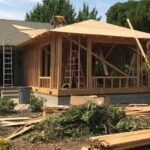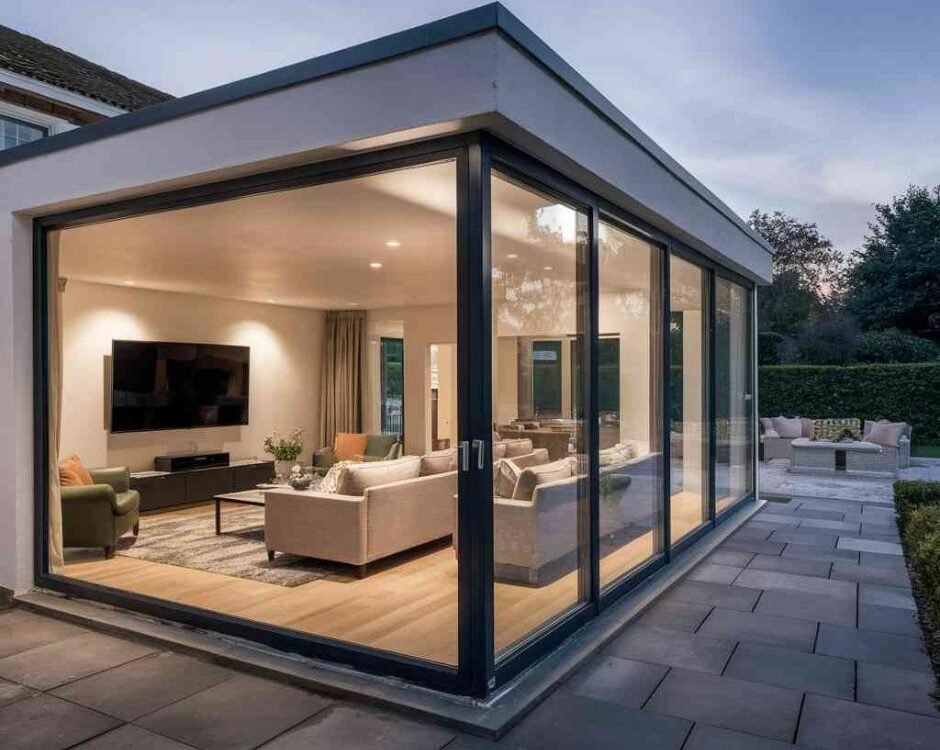
Infrastructure Insights: Strategizing Utilities in Your Room Addition
February 15, 2024
Through the Looking Glass: Windows and Doors Transformations in Room Addition
February 15, 2024You’ve crafted the blueprint, selected the materials, and secured the permits. Now, you’re ready to embark on your home expansion project. But as you delve into this endeavor, you must consider the resilience of your intended room addition and its impact on the overall structural integrity of your home.
In doing so, it is crucial to understand the core principles of structural engineering. These principles, when properly applied, ensure that the addition will not only enhance the functionality and aesthetic appeal of your house but also its resilience to various stresses, including natural disasters.
The question then arises: how do you ensure that the structural integrity of your home is not compromised? This is a question that invites further exploration, promising insights into the intricate balance between aesthetic design, functional utility, and structural resilience.
Understanding Structural Integrity
To ensure the resilience of your room addition, it’s essential to grasp the concept of structural integrity, which revolves around the strength and stability of the added structure. This isn’t just about using sturdy materials; it’s also about smart design.
You’ve got to think about load-bearing walls, consider how weight is distributed, and understand how new components interact with existing structures. It’s a lot to take in, but don’t feel overwhelmed. You’re not alone in this journey. With the right knowledge, you’ll be able to make informed decisions, ensuring your room addition stands firm for years to come.
Ensuring Resilience in Room Additions
Building a resilient room addition requires meticulous planning. This includes choosing the right materials and implementing a design that can withstand the test of time and elements. It’s important to select materials proven to hold up under various conditions. Factors such as moisture resistance, thermal performance, and durability should be considered. It is crucial not to skimp on quality.
In addition to materials, the design itself should be robust. This means incorporating elements that enhance structural integrity, such as reinforced walls or additional support beams. It is also essential to bear in mind local climate conditions. For example, if you are in a hurricane-prone area, considering wind-resistant features is necessary. In earthquake zones, seismic retrofitting might be essential.




